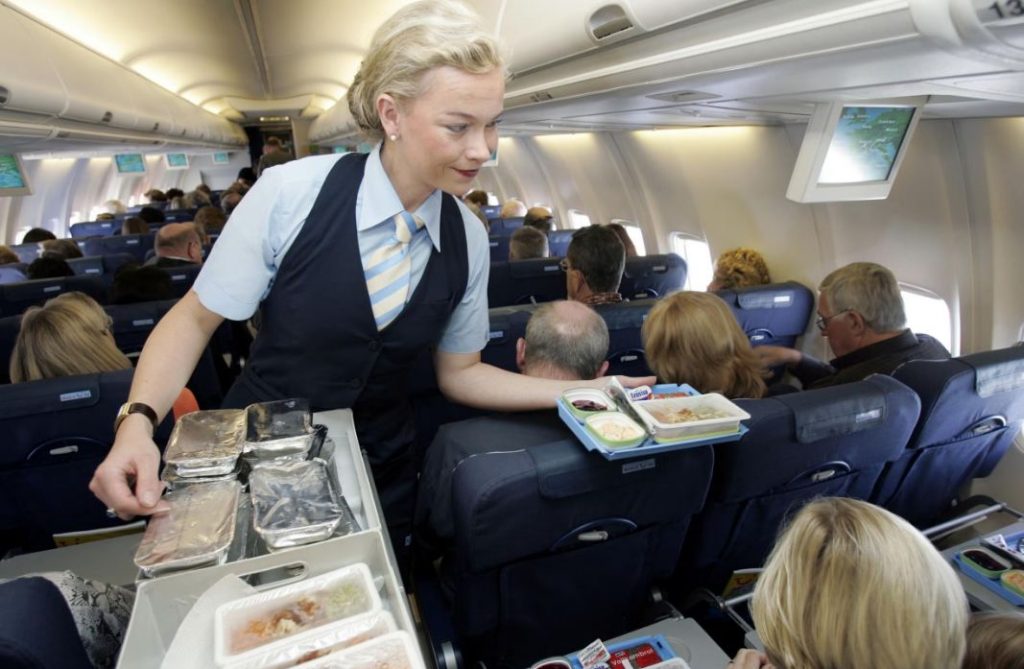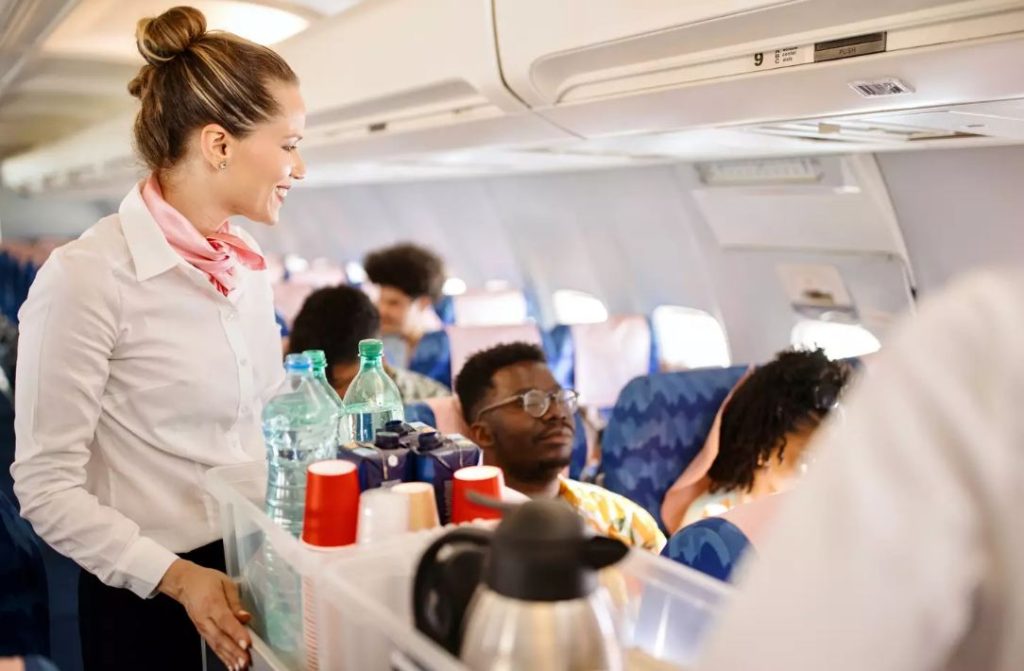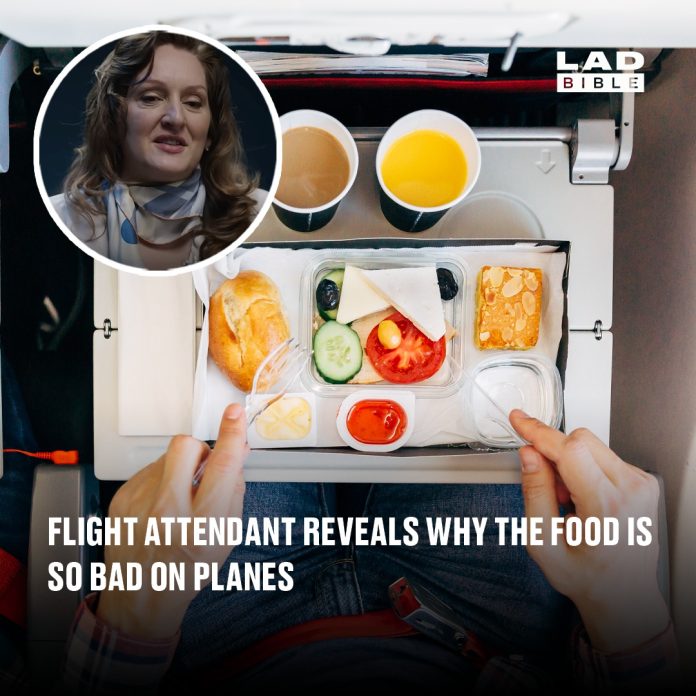When flying at around 30,000 feet, many travelers notice their in-flight meals just don’t taste right. The problem isn’t bad cooking, it’s the environment itself. The low cabin humidity (around 12–15%) dries out your mouth, nose, and bronchial passages, dulling your sense of taste and smell.
Dehydration and Dulling of Sensory Organs
Cabin dryness stems from compressed cabin air that’s filtered and recirculated. With 12% humidity, comparable to arid deserts like the Mojave, the effect is drying and irritation in the nasal passages and mouth, reducing taste and aroma receptors’ functionality

Pressure Changes and Swollen Taste Buds
Despite cabin pressurization, it remains at a lower level than ground pressure. This shift causes bodily fluids to shift, puffing up the nasal and oral tissues—much like having a mild cold—which can dull flavor detection .
The Effects of Noise
Research by Fraunhofer and others confirms that sweet and salty flavors are especially prone to suppression by loud background noise, while umami, rich and savory, is less affected
How Airlines Try to Compensate
Given these sensory hurdles, airline caterers adapt recipes. Here’s how:
- Boosting salt, sugar, and spices by about 20–30% to pierce through reduced taste sensitivity
- Including umami-rich ingredients like soy sauce, tomato concentrate, and mushroom-based sauces, which hold up well in-flight
- Using bold herbs and oils instead of excessive salt or sugar, a method championed by airlines like Lufthansa and Delta .
- Mass production techniques—meals are cooked centrally on the ground and reheated onboard—ensure safety but often diminish texture and freshness
Why Diets Differ by Cabin Class
First- and business-class passengers often receive meals made fresh onboard or prepped with better sourcing and care. These premium offerings include stronger flavors and improved presentation, and thus fare better against the cabin’s sensory challenges
What You Can Do to Improve Your Flight Meal
If economy-class cuisine leaves you unimpressed, here are ways to help yourself:
- Bring condiments – Carry small packets of hot sauce or seasonings (following security guidelines) to jazz up your food
- Pack your own snacks – Items like nuts, cheese, fruit, or pre-made noodles can ensure better taste .
- Use noise-canceling headphones – Reducing cabin noise can significantly enhance taste perception
- Stay hydrated – Drink water to counteract dryness and allow your senses to perform better
- Opt for bold flavors – Spicy, sour, bitter, and umami-rich foods hold up better at altitude; tomato juice is a classic choice for this reason

Final Takeaway
Airplane food doesn’t taste bad because of lazy chefs—it’s a result of physiological and environmental constraints that blunt our taste and smell. Airlines mitigate this with extra seasoning and umami-rich ingredients, yet the success of the cuisine still depends largely on cabin conditions. As a passenger, you can boost your meal experience by staying hydrated, managing noise, and choosing flavorful foods. Next time you’re 35,000 feet up, take control of the flavors—your taste buds will thank you. These factors combined make in-flight dining a unique challenge for airlines and passengers alike. Understanding the science behind it allows travelers to better prepare and truly enjoy their meals mid-air.

















